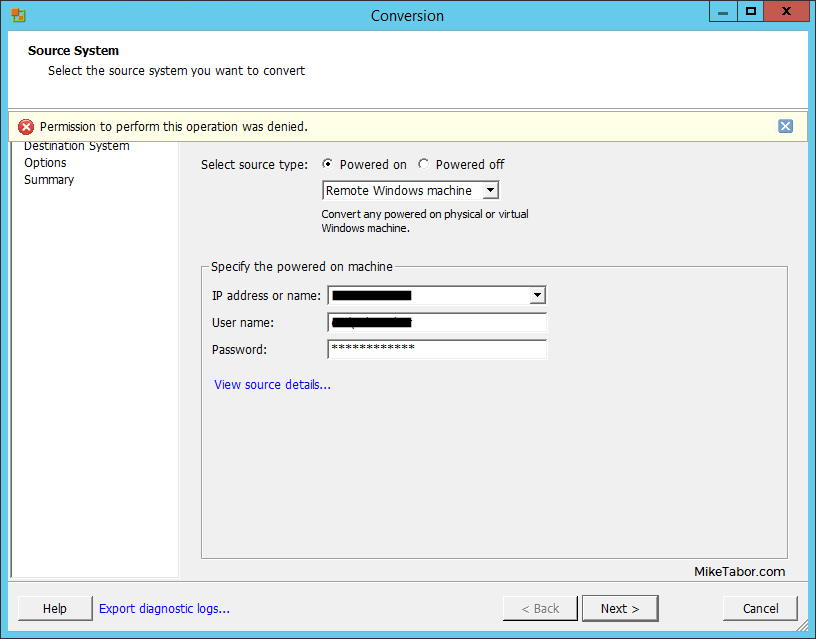VMware vCenter Server 5.5.0a update released
VMware has released an update to vCenter 5.5 Server. The new updated, numbered 5.5.0a doesn’t appear to add any new features but instead focus on squishing a number of bugs in the 5.5 version – mostly around vCenter Single-Sign-On and the vSphere web client.
Issues resolved with this release are as follows:
- Attempts to upgrade vCenter Single Sign-On (SSO) 5.1 Update 1 to version 5.5 might fail with error code 1603
- Attempts to log in to the vCenter Server might be unsuccessful after you upgrade from vCenter Server 5.1 to 5.5
- Unable to change the vCenter SSO administrator password on Windows in the vSphere Web Client after you upgrade to vCenter Server 5.5 or VCSA 5.5
- VPXD service might fail due to MS SQL database deadlock for the issues with VPXD queries that run on VPX_EVENT and VPX_EVENT_ARG tables
- Attempts to search the inventory in vCenter Server using vSphere Web Client with proper permissions might fail to return any results
- vCenter Server 5.5 might fail to start after a vCenter Single Sign-On Server reboot
- Unable to log in to vCenter Server Appliance 5.5 using domain credentials in vSphere Web Client with proper permission when the authenticated user is associated with a group name containing parentheses
- Active Directory group users unable to log in to the vCenter Inventory Service 5.5 with vCenter Single Sign-On
- Attempts to log in to vCenter Single Sign-On and vCenter Server might fail when there are multiple users with the same common name in the OpenLDAP directory service
- Attempts to log in to vCenter Single Sign-On and vCenter Server might fail for OpenLDAP 2.4 directory service users who have attributes with multiple values attached to their account
- Attempts to Log in to vCenter Server might fail for an OpenLDAP user whose account is not configured with a universally unique identifier (UUID)
- Unable to add an Open LDAP provider as an identity source if the Base DN does not contain an “dc=” attribute
- Active Directory authentication fails when vCenter Single Sign-On 5.5 runs on Windows Server 2012 and the AD Domain Controller is also on Windows Server 2012
The full release notes can be found here and the download is available now from VMware.
